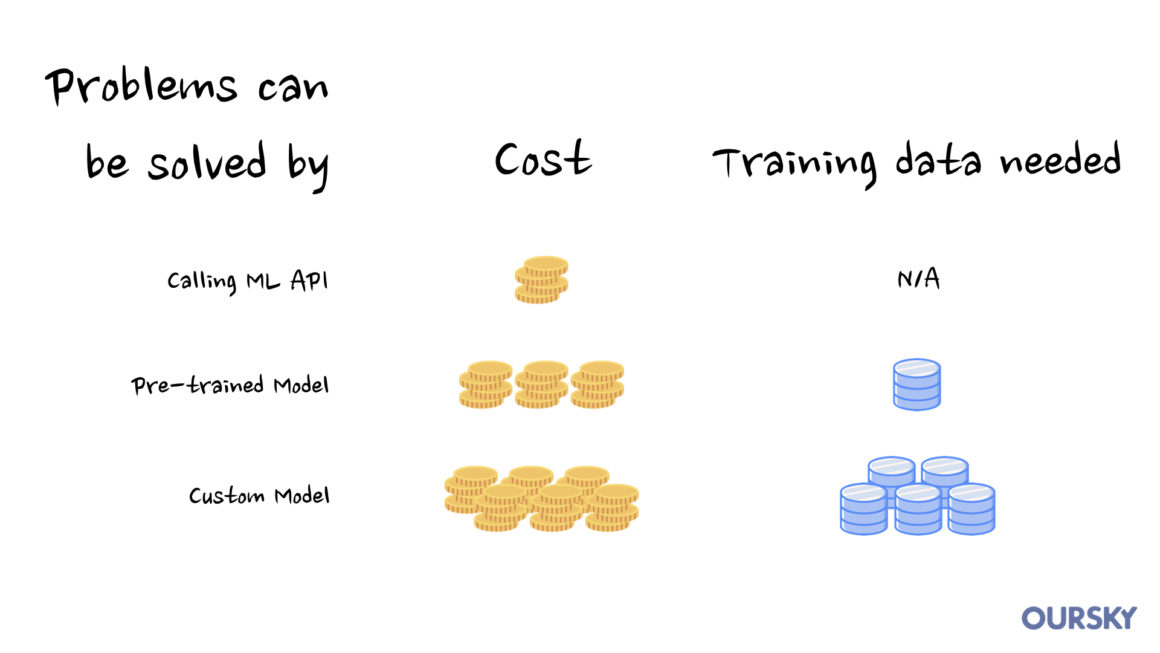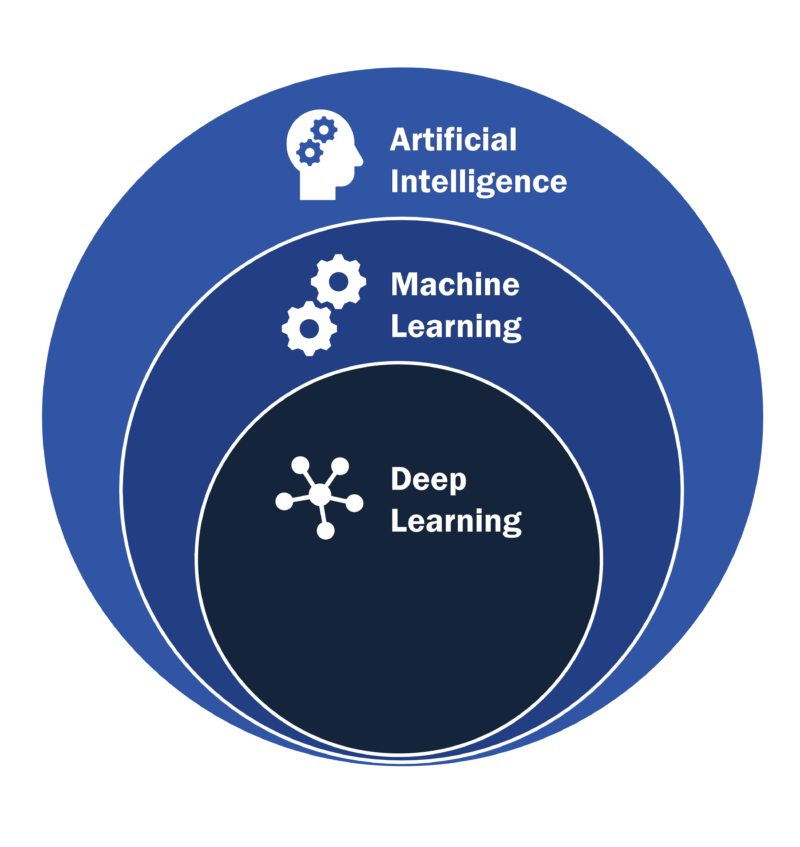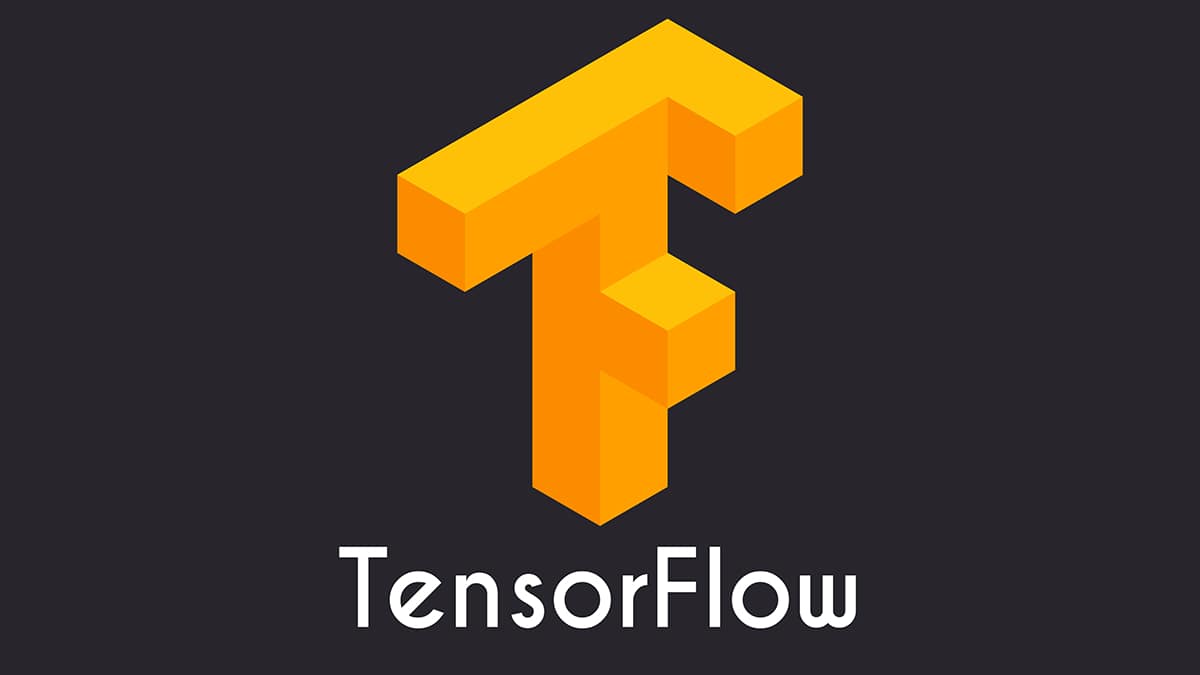
From virtual assistants, conversational chatbots, and self-learning smart cars to prediction engines, artificial intelligence (AI) is ubiquitously moving from research and development (R&D) labs to people’s homes, small businesses, and C-suite boardrooms. However, many still stumble when trying to adopt AI, often misled about what it is and what it’s capable of. Many are also exploring how to deploy AI, but don’t know where to start, what to expect, and how much an AI project could cost.
Here, we demystify and answer frequently asked questions about AI’s application to businesses and what decision makers need to know and prepare before starting an AI project.
Artificial intelligence (AI) and machine learning (ML): What’s the difference?
AI is the umbrella term of technologies for training machines to mimic human intelligence and behavior. This includes, but is not limited to, cognitive processing, language recognition, planning, reasoning, problem solving, and task execution. ML is the application of AI that involves feeding data to algorithms. These are then used by machines or systems to learn how to execute a task and identify patterns. You may have also heard of deep learning (DL) — a subset of ML that involves learning and extracting patterns, representations, or abstractions from data.

From automation to recommendation: How can AI help my business?
AI is widely applied in business processes, including automation, data analysis, and image or language processing. AI is a boon across different industries, and there is no shortage of applications that can illustrate how AI is transforming organizations.
Automation eases repetitive and menial tasks. Data analytics provides insights that can help executives and leaders make informed business decisions. Language and image processing provides accessibility. Businesses can also use AI to detect fraud, predict consumer behaviors, and customize marketing strategies. In the banking world, AI is already used in different capacities, from augmenting back-office operations to underwriting and cybersecurity.
The retail industry has also transformed with the advent of AI in e-commerce. From automating the supply chain and tailoring customer experiences, AI helps level the playing field for enterprises, brick-and-mortar retailers, and small businesses. Even before Alexa was being shipped to people’s homes, Amazon has been using AI to streamline the management of their inventories. It is also using AI-driven technologies in its venture into the food industry though Whole Foods. More recently, AI helped the healthcare industry achieve a breakthrough when it identified a powerful antibiotic.
What are the current limitations of AI?
There are myths in the business world about AI’s capabilities and potential. While AI solves problems, it is not a silver bullet — AI cannot do everything, at least for the time being. Businesses should first understand and identify the problems they want to solve and determine what parts in their operations or workflows can be improved through AI. Use cases should be narrowly defined, e.g., predicting sales revenue to strengthen financial strategy and planning; increasing user engagement and retention (through recommendation engines); reducing manual work for quality assurance (QA) teams in a manufacturing facility, etc.
AI projects are only as good and successful as the data it uses. They require vast amounts of quality data in order to be suitably trained to execute tasks and perform as designed. Datasets may not be ample enough, or in some cases, not properly labelled. It can be time-consuming and resource-intensive to collect and manually label. And while AI can outperform humans in certain tasks, they can’t be run without human intervention.
AI could also reflect biases (e.g., racial, gender, cultural) embedded in datasets or by its programmers, which affects the outcome. Additionally, today’s AI is not mature enough to tackle intuitively complex tasks like emotion recognition or detection. Finding experts with the right skills to take on AI projects is also a challenge. In fact, this shortage of talent is cited as one of the major hurdles for C-suite executives from adopting AI in their organization.

Pre-trained and custom AI solutions: Which one should I use and invest in?
Clearly defining your use case and recognizing what AI can (and can’t) do for your company will help you pin down how you could apply AI to your business. But when exploring for AI solutions, an immediate and natural question would be: Should you buy off the shelf, or create your own?
Some use pre-trained ML models or pre-built/off-the-shelf AI tools as a starting point. These were already trained with existing standard datasets and resources, which are then repurposed to solve a similar problem. Pre-trained models are typically applied for features like facial, object, and speech recognition. Google Cloud’s Vision API and OpenPose library are examples of pre-trained models that can be used to incorporate detection and analysis features in your application or software — from texts/optical characters, images, objects, and landmarks to even human poses.
You can also build your own model from scratch. Customized models are ideal for unique business needs, such as a recommendation engine or prediction engines. This is useful for businesses who want to personalize customer experiences by suggesting and providing them relevant content or product, like how Netflix, Amazon, and Starbucks do. Bespoke models can also be used to gain insights and forecast outcomes. The ING Bank, for instance, augments their business intelligence capabilities with AI to help bonds traders with pricing decisions. Google Cloud, Amazon Web Services (AWS), and Microsoft’s Azure have their own AI platforms for developing custom models.
| Pre-trained or Pre-built AI Model | Custom AI Model | |
| What it’s ideal for | Facial, object, and speech recognition | Recommendation, prediction, and forecasting |
| Data size requirements | Less data may be needed depending on the business problem or objective | Relatively large amount of data will be needed |
| Costs | Less upfront costs as general framework is already developed | Initial set-up costs are higher as the model will be built from scratch |
| Maintenance | Low maintenance in some cases, depending on the business problem or objective | Usually has more iterations on the model to achieve better outcome |
What do I need to prepare to start an AI project?
Now that you’ve found your use case — problems you want to solve or workflows you want to improve — what’s next?
Prepare your data.
It is the lifeblood of any AI project and in many cases, what could make or break it. For this, take into account the available sources, amount, and quality (i.e., if they need to be cleaned), where and how data is collected (and stored), and if there would be potential privacy regulation infringements, like violating the EU General Data Privacy Regulation (GDPR). Here are some things you also need to consider:
- If the problem can be solved by calling the AI API from Google, Microsoft Azure, or Amazon, training data may not be needed.
- When using a pre-trained model, some training data is needed. Data can be crawled from the internet (via existing resources/open-source datasets) or collected by your own applications.
- For a custom-built model, a large amount of data is needed. You might need to set up a data warehouse from where you can collect data before going into a proof-of-concept (PoC) modeling.
Assess infrastructure requirements.
Data and infrastructure go hand-in-hand. You need the proper technology and back-end system and platform to secure and facilitate the access, transfer, and processing of data, and ultimately, deploy your AI project.
ROIs and timelines: How much could an AI project cost, and how long does it take to develop and deploy one?
The costs of an AI project depends on its scale and complexity. A pre-trained or off-the-shelf AI solution involves lower financial investment, as you can use existing data and technologies to train your model. Custom models cost more as you’re building everything from the ground up.
A recommended approach is to first develop a prototype or PoC. This would allow you to test and validate the feasibility, viability, and business logic behind your project. PoCs are more financially reasonable to develop, and quicker and more flexible to adjust. This significantly reduces the risks and costs while giving you immediate business value. PoCs also enable you to fine-tune your project and address potential bottlenecks. It’s less expensive to update and modify a PoC than a fully implemented or developed project.
There are also other costs to consider, such as infrastructure, integration (i.e., API development), and maintenance. The costs for both pre-trained and custom models entail the PoC development as well as data labeling and warehouse development (if needed or applicable). For example, the costs for calling AI APIs involve API integrations and the cloud infrastructure. The costs for the latter depends on your usage, and would obviously be larger if you need to keep training the model.
The timeline depends on the outcome you intend your AI project for. An AI project designed to automate data processing can take between weeks and months to create, depending on the size of your development team.
Obviously, it will take more significant time if you’re deploying an AI that works with huge databases or sets of unlabeled, raw, or unstructured data (e.g., emails, social media posts, and multimedia files like audio or video recordings). It can take months to figure out the most suitable, efficient, and effective algorithms, not to mention testing it to ensure it runs consistently and functions as intended.
If you are pitching an AI project for your stakeholders, it’s also recommended to set their expectations. In fact, the time it took for surveyed companies to deploy an ML model averaged between 31 and 90 days. Larger businesses and enterprises tend to take more time deploying an ML model, although this doesn’t only have to do with company size, but also with their readiness and maturity to adopt AI.

Oursky can help you adopt AI.
Oursky has been working on AI projects since 2009, and we proactively work with global communities in bringing AI to software development. We’ve personally seen AI’s use evolve from experimental projects into important elements that spur digital transformation for businesses.
Organizations are seeing how AI is helping them achieve their goals and unlock opportunities, and it’s no surprise that AI is predicted to create US$2.9 trillion in business value by 2021. Our FormExtractor, for instance, harnesses AI to automate data entry tasks. In one of our projects with a non-government organization, it only took three weeks to digitize texts from images, documents, and other files from 43,000 applications. This streamlined the organization’s vetting process and, in turn, enabled them to implement its program more quickly.
Our AI projects are as varied as the approaches we use to accomplish them. For example, we used pre-trained models for CheckCheckCin, whom we’ve worked with to implement face detection for an augmented reality (AR) iOS app. We also used TensorFlow, Google’s ML platform, to apply image classification for a system we built for a zipper puller manufacturer so users can match and sort pullers within the database. We’ve also worked on projects that involve developing a bespoke ML algorithm to predict outcomes, like NBA game results, or a forecasting model that helped one of the largest health and wellness retailers in Asia prevent market cannibalization.
Regardless of what model you’ll be using for your AI project, there is no one-size-fits-all approach and it would largely depend on your use case.
Oursky is a developer-oriented company with proven expertise in AI, automation, and data analytics. Learn more about Oursky’s AI solutions at skylab.ai.
Subscribe to our blog for more of Oursky’s expert advice:









